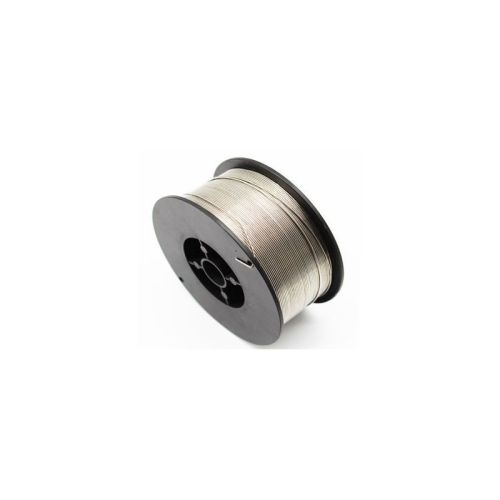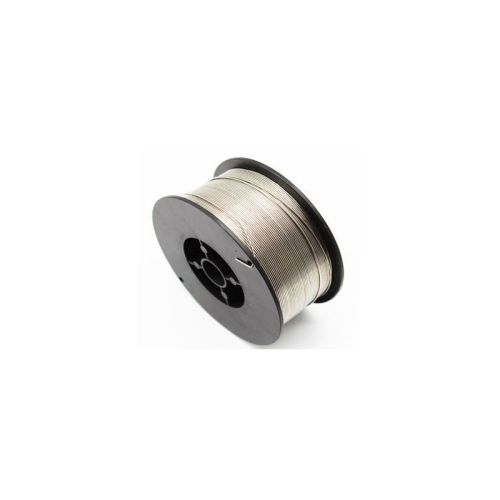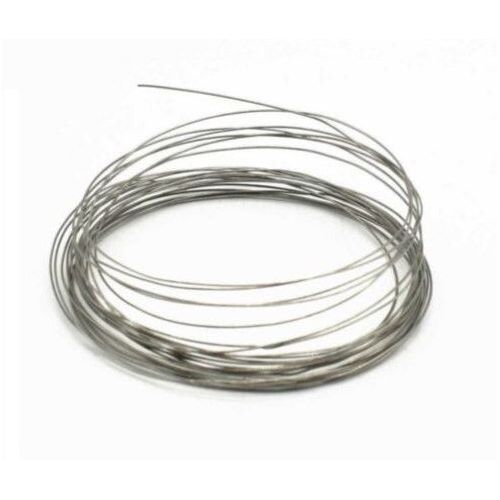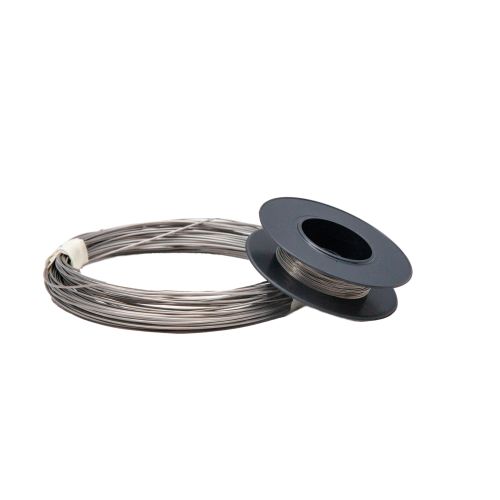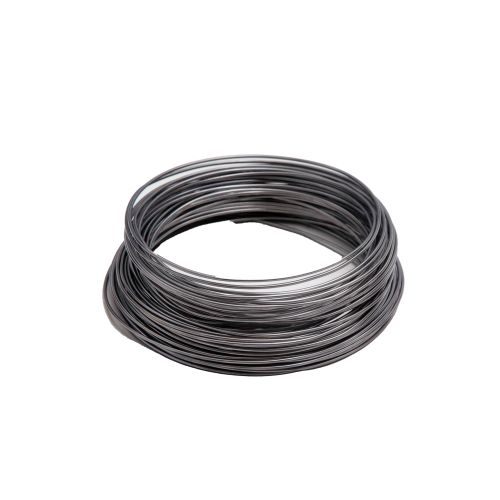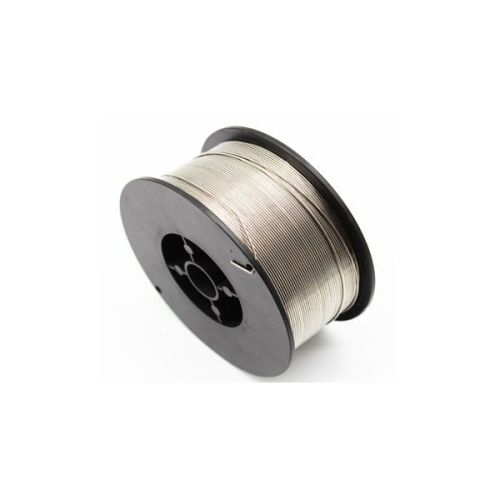Indium wire 99.9% from Ø 0.5mm to Ø 8mm pure metal element 49 Indiumwire
- Diameter from 0.5mm to 5mm. Length from 1 meter up to 500 meters.
- Areas of application: railing construction; Food industry; beverage industry; Chemistry.
- If your desired length/width is not listed, select the next larger length/width. Leave a comment on your order with the length/width you want. We cut according to your measurements.
- Dimensional tolerances: +/-2mm.
- Didn't find the sizes you wanted? Just contact us! We are happy to help you with your request.

- 100% no China imports (pay attention to high price differences)
- Our products are mostly made in Germany
- High quality at best prices.
- TOP rating & service
Technical specifications:
| Brand: | Evek |
| Manufacturing Country And Region: | Germany |
| Manufacturer number: | Not applicable |
| Type: | wire |
| Material: | indium |
| Operation area: | metal element 49 |
| Norm classifications: | |
| Name, symbol, atomic number: | indium , In, 49 |
| Assay: | 99.9% |
| Further information: | |
| melting point: | 156.6°C |
| Density: | 7.31 g/cm3 (20 °C) |
| Boiling point: | 4000F (2072C) |
Description:
It is widely used in the manufacture of liquid crystal panels for the deposition of transparent indium tin oxide film electrodes. It is used in microelectronics as an acceptor impurity for germanium and silicon. Earlier, when alloy technology was widely used to create the first semiconductor devices, a characteristic solution was the fusion of indium with germanium to obtain a pn junction, for example, in diodes of the DG-Ts1, D7 series, etc. up to hundreds of mg indium. A component of a number of low-melting alloys and alloys (e.g. Galinstan, liquid at room temperature, contains 21.5% indium). It adheres strongly to many materials, allowing metal to be soldered to glass, for example. Alloyed with tin, it is used as a low-melting point solder with high thermal conductivity for heat-conducting surfaces of forced-cooled electronic components. Sometimes it is used (pure or in an alloy with silver) to cover mirrors, especially car headlights, while the reflectivity of the mirrors is no worse than that of silver, and the resistance to the atmosphere (especially hydrogen sulfide) is higher. The coating of astronomical mirrors takes advantage of the constancy of indium's reflectivity in the visible part of the spectrum. Material for photocells. The compounds are used as phosphors.
Areas of application:
- railing construction
- food industry
- beverage industry
- Chemistry
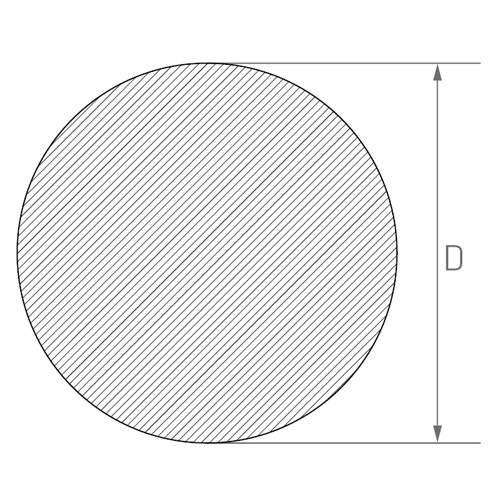
d — outside diameter
Everything arrived safely. Fas...
Everything arrived safely. Fast delivery, thank you, everything is fine. Gladly again!
Report abuse



